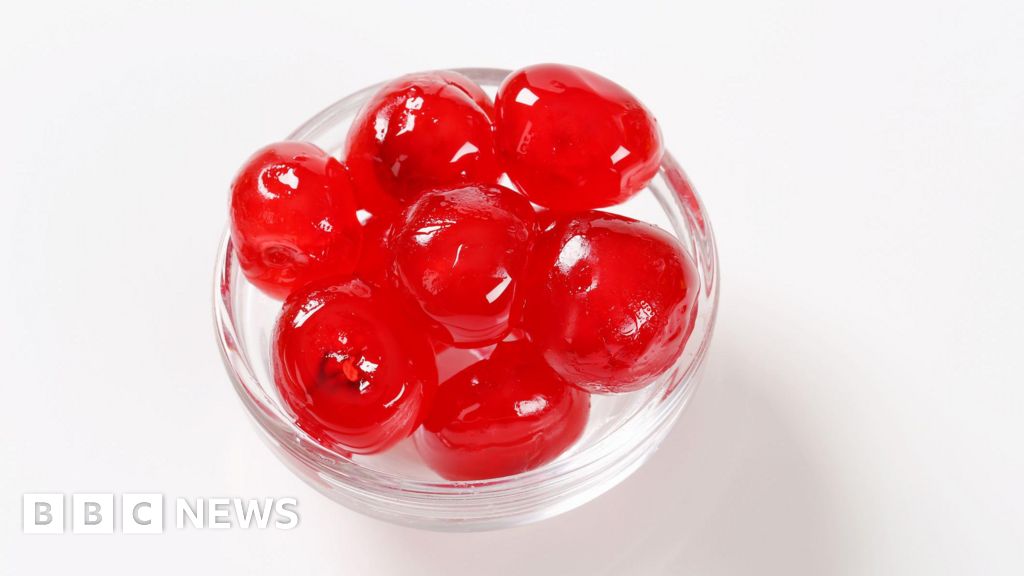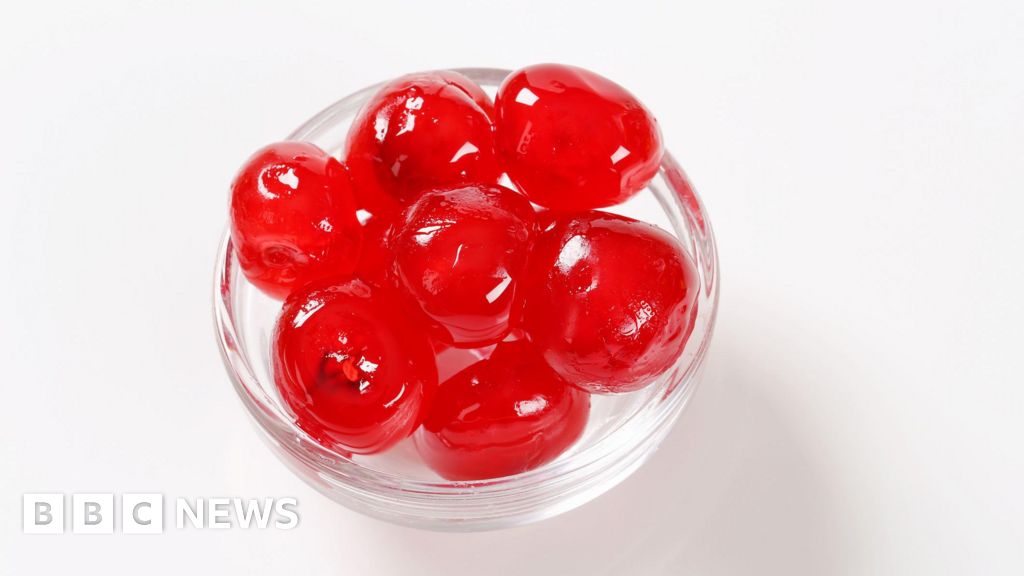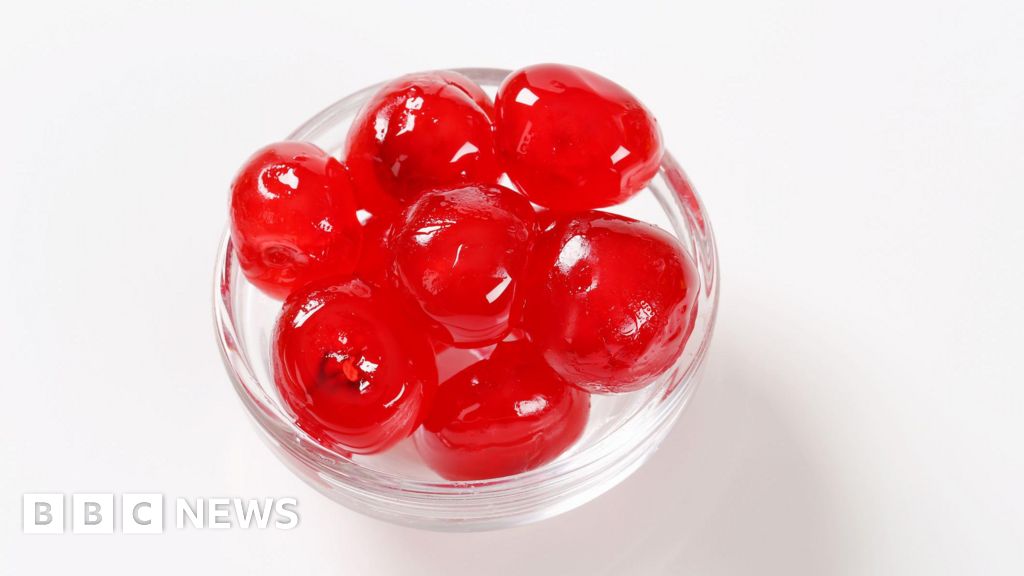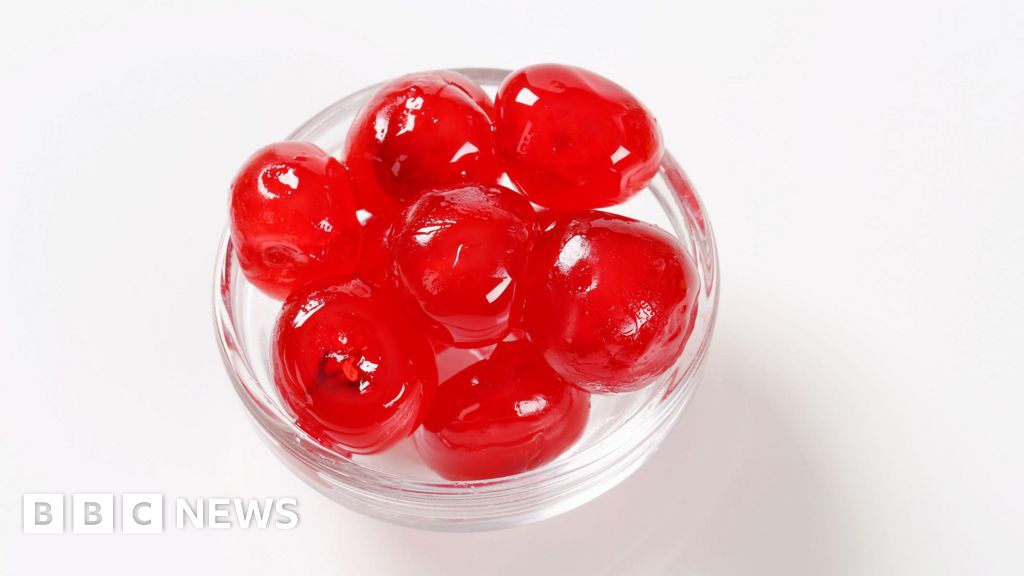“Get ready to say goodbye to that bright red color in your favorite candies and foods! After decades of controversy and health concerns, the US government has finally taken a bold step by banning Red Dye No. 3 from the food, candy, and medicine industries. This artificial coloring, commonly found in products like fruit roll-ups, candy apples, and even some medications, has been linked to hyperactivity in children and has sparked heated debates among health experts and consumers alike. In this article, we’ll delve into the backstory of Red Dye No. 3, its history of controversy, and what this ban means for the future of food and medicine. So, buckle up and get ready to discover the untold tale of a colorful culprit that’s been hiding in plain sight!”
Red Dye No. 3: The Banned Substance

Red Dye No. 3, also known as Erythrosine, is a synthetic dye commonly used in the food, beverage, and cosmetics industries to impart a bright, cherry-red hue. The dye has a long history of use, dating back to the 1920s, and has been a staple in many popular food products, including maraschino cherries, frosting, and candy.
However, the safety of Red Dye No. 3 has been a topic of concern for many years. Studies have linked the dye to cancer in laboratory rats, prompting the US Food and Drug Administration (FDA) to re-evaluate its safety.

Research conducted in the 1980s and 1990s found that Red Dye No. 3 caused cancer in male laboratory rats. The studies, conducted by the National Toxicology Program (NTP), found that the dye increased the incidence of tumors in the rats’ thyroid glands, kidneys, and adrenal glands.
While the exact mechanism by which Red Dye No. 3 causes cancer is not fully understood, experts believe that it may be related to the dye’s ability to accumulate in the body and cause oxidative stress.
The FDA’s decision to ban Red Dye No. 3 is a result of the agency’s obligation to protect public health. Under the Delaney Clause, a provision of the Federal Food, Drug, and Cosmetic Act, the FDA is required to ban any food additive that has been shown to cause cancer in humans or animals.

The Ban: A Long Time Coming
The petition to ban Red Dye No. 3 was filed by the Center for Science in the Public Interest (CSPI) in 2022. The CSPI, a non-profit consumer advocacy group, argued that the dye should be banned due to its links to cancer and its widespread use by US consumers, particularly children.
Red Dye No. 3 was previously banned in cosmetics in 1986, due to concerns about its potential health risks. California also banned the dye in food products in October 2023, citing the same concerns.
The European Union, Australia, and New Zealand have also restricted the use of Red Dye No. 3 in food and cosmetics, citing similar concerns about its safety.
Impact on Food and Medicine
Red Dye No. 3 is used in a variety of food products, including candy, cakes, cookies, frozen desserts, and frosting. The dye is also used in some medicines, such as antihistamines and antacids.
Food Products Affected
- Maraschino cherries
- Frosting
- Candy
- Cakes
- Cookies
- Frozen desserts
Manufacturers will have until January 2027 to reformulate their products to no longer include Red Dye No. 3. The FDA has provided guidance to manufacturers on the use of alternative dyes and has encouraged them to explore natural color options.
Medicine and Health Implications
The potential health risks associated with Red Dye No. 3 in medicine are still being studied. However, experts believe that the dye may pose a risk to patients, particularly those with pre-existing health conditions.
Patients and healthcare providers should be aware of the potential risks associated with Red Dye No. 3 and should discuss any concerns with their healthcare provider.
Practical Considerations and Next Steps
Consumers, parents, and caregivers should take the following steps to adjust to the ban:
What to Do Now
- Check food labels for Red Dye No. 3
- Avoid products containing Red Dye No. 3
- Choose natural color options
- Support manufacturers in their efforts to reformulate products
The ban on Red Dye No. 3 is a significant step forward in protecting public health. As the food and medicine industries continue to evolve, it is likely that new alternatives will emerge to replace the banned dye.
Conclusion
As we conclude our article on the US ban of red dye No. 3 from food, candy, and medicine, it’s crucial to reiterate the significance of this milestone. The ban, which was triggered by concerns over the dye’s potential link to cancer and hyperactivity, marks a major victory for consumer safety and public health. The article highlights the key points, including the FDA’s efforts to re-evaluate the dye’s safety, the mounting evidence of its adverse effects, and the widespread use of alternative dyes in the industry.
The implications of this ban are far-reaching, not only in the US but also globally. As the use of artificial food colorings continues to be scrutinized, other countries may follow suit, leading to a major shift in the food and beverage industry’s approach to coloring. Furthermore, this development underscores the importance of transparency and accountability in the production and regulation of food products. As consumers become increasingly aware of the ingredients in their food, manufacturers must adapt to changing demands and prioritize quality and safety above profit.
As we look to the future, it’s clear that this ban is just the beginning of a larger conversation about the role of artificial additives in our food. Will other dyes follow suit, or will manufacturers find alternative solutions to meet consumer demands? Only time will tell. However, one thing is certain: the US ban on red dye No. 3 is a testament to the power of collective action and the importance of prioritizing public health above all else. As we move forward, it’s crucial that we continue to hold manufacturers accountable for the ingredients in our food, and work towards a future where every bite is not only delicious, but also safe and healthy.



Add Comment